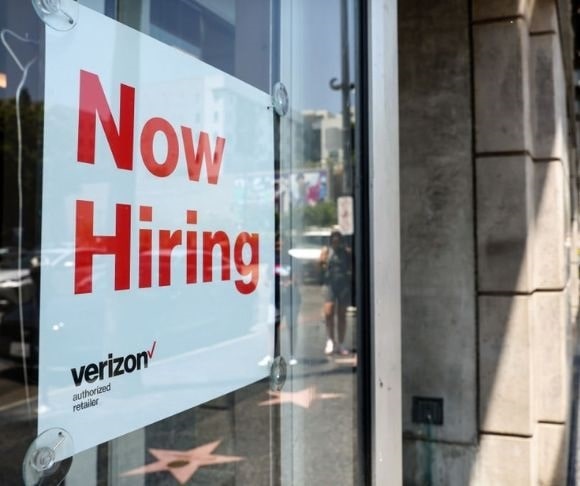America’s employment situation has been that one bright spot in an ailing US economy. But the December jobs report confirmed that the brightness is gradually fading. If many economic prognosticators are accurate in their predictions for 2023, the light will turn dark. The Bureau of Labor Statistics (BLS) presented the nation with a good-but-not-great snapshot of the labor market, revealing a slowdown and workers struggling to make ends meet in this environment.
December Jobs Report: Good, Bad, and Ugly
 According to the non-farm payrolls (NFP) report, the US economy added 223,000 new jobs in December, slightly higher than market expectations of 200,000. But this was down from the downwardly revised 256,000 in November and represented the fifth straight month of slowing growth. In total, the country created 4.5 million jobs in 2022, a considerable drop from the 6.7 million increase in 2021.
According to the non-farm payrolls (NFP) report, the US economy added 223,000 new jobs in December, slightly higher than market expectations of 200,000. But this was down from the downwardly revised 256,000 in November and represented the fifth straight month of slowing growth. In total, the country created 4.5 million jobs in 2022, a considerable drop from the 6.7 million increase in 2021.
The unemployment rate tumbled to 3.5%, down from 3.6% in the previous month and lower than the market consensus of 3.7%. The labor force participation rate rose to 62.3%, average hourly earnings eased to a lower-than-expected 4.6% to $32.82, and average weekly hours slid to 34.3.
Job gains were primarily concentrated in four sectors: leisure and hospitality (+67,000), health care (+55,000), construction (+28,000), and social assistance (+20,000). Other industries were relatively flat, such as retail, manufacturing, mining, transportation and warehousing, and government.
There were three noticeable trends in the December jobs report. First, real wage growth (inflation-adjusted) is still around -2% to -3%. Second, the number of people working two or more jobs surged above eight million, up from about 7.7 million. Third, the divergence between the establishment and household surveys was wide again: 223,000 versus 136,000.
Ultimately, the financial markets were generally pleased by the December jobs report, as the leading benchmark indexes recorded 1% gains. Investors were ostensibly ebullient over slowing wage growth, although they also conceded that the labor market update was not bad enough to force the Federal Reserve to retreat from its tightening cycle.
“The job market is slowing steadily, but surely,” Moody’s Analytics chief economist Mark Zandi told CNBC following the report. “It’s not enough. The Fed, I think, would love to see job gains south of 100,000, closer to zero, to get unemployment moving north and wages moving south. These numbers suggest we’ll quickly be moving in that direction. I think we’ll be at 100,000 in the spring and there will be months at zero in the spring or summer.”
What Happened This Week?

(Photo by Mario Tama/Getty Images)
The treasure trove of labor data this week was mixed. Job openings fell to 10.458 million in November, but it was still higher than forecasts of ten million. Job quits rose to 4.173 million, topping expectations of 4.01 million. But the number of hires dropped by 56,000 to 6.1 million, and total separations (quits, layoffs, and discharges), advanced by 114,000 to 5.9 million. Moreover, the ADP National Employment Report highlighted that the private sector produced 235,000 new jobs, which were led mainly by leisure and hospitality. The payroll processor discovered that small- and medium-sized companies created all the positions, while large corporations shed 151,000 jobs. Finally, the Challenger job cuts jumped by nearly 47,000 in November, higher than estimates of 33,000.
The Labor Market in 2023
Speaking at the Jackson Hole retreat in Aug. 2020, Fed Chair Jerome Powell stated that maximum employment is the central bank’s chief objective, emphasizing “the benefits of a strong labor market, particularly for many in low- and moderate-income communities.” Two years later, he blamed the inflation crisis on labor strength, warning that the Eccles Building’s campaign of rate hikes would “bring some pain to households and businesses.” The latest jobs report may suggest his promise is becoming a reality as the economy continues to show signs on every front that it is coming to a halt. But will Americans’ sacrifice help the Fed achieve its aim of putting the kibosh on inflation? The base case may be cautious optimism.




